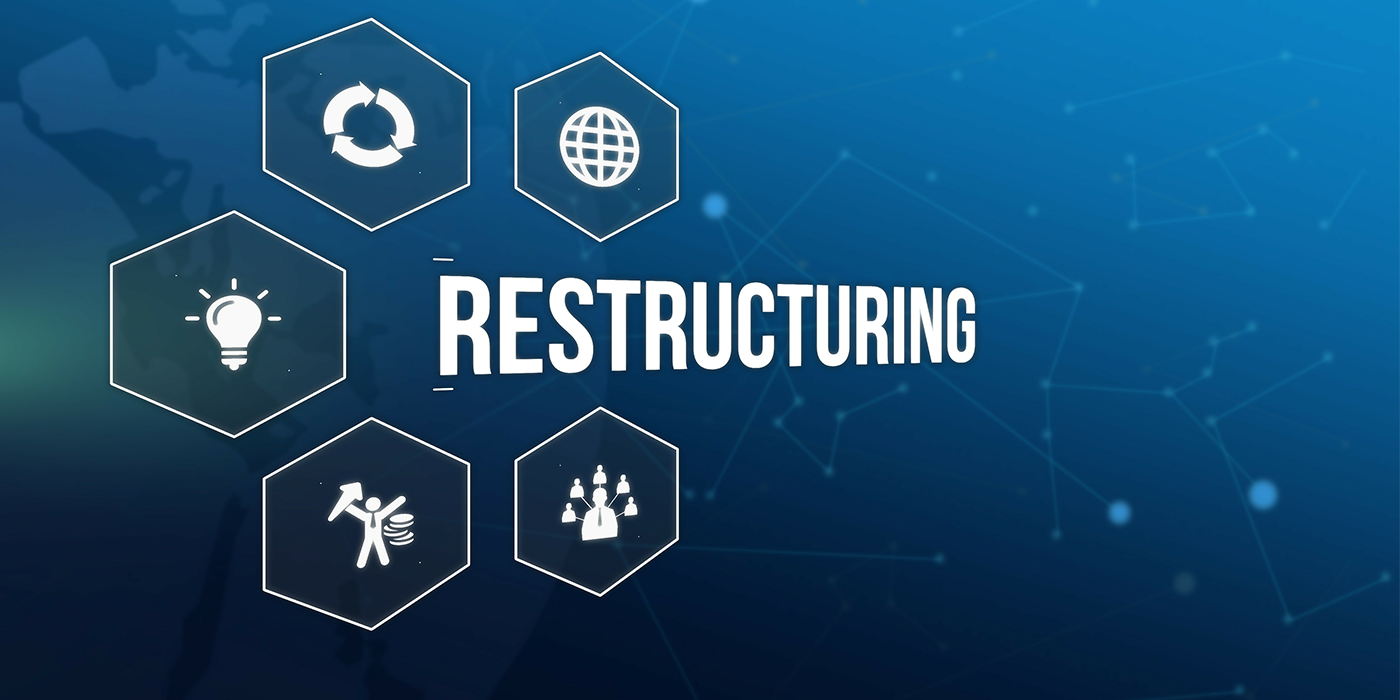If you were to look up the definition of the word “sales” right now on Google, you would probably find a definition that looks something like this:
Sale
Plural noun:
1.
The exchange of a commodity for money; the action of selling something
Synonyms: selling, vending, deal, transaction
Pretty straightforward right? I’ve got something you want, you offer me some sort of currency, and in return, I give you what you were looking for. It’s straightforward, it’s simple, it’s wrapped up in a neat little package that makes the bulk of our commerce-driven world go ‘round, and it’s – NOT an effective way to look at it.
What would you think if I told you that just about everything you have ever known, been taught or come to learn as typical about “sales” is not very useful. What if I were to really turn the conversation on its head and tell you that the word “sales” describes something most are blind to?
Before bringing such an out-of-the-box concept full circle, let’s look at a few other definitions of the word “sales” to see if there are any clues to be found that hint at the bigger picture.
Dictionary.com’s definition is simply: The transfer of property or money or credit.
Nothing special to be found here.
Thefreedictionary.com’s definition is: The exchange of goods or services for an amount of money or its equivalent; the act of selling.
This definition is a little more embellished but essentially sings the same song.
Now, Wikipedia.com’s definition (albeit a little longer) is worth checking out. It states that: A sale is the act of selling a product or service in return for money or other compensation. Signaling completion of the prospective stage, it is the beginning of an engagement between customer and vendor or the extension of that engagement.
If you are wondering what it is that stands out about Wikipedia’s definition versus everyone else’s that makes it so special, it’s just one word that sets it worlds apart: Engagement!
While most people are too busy defining sales by the act of providing “goods or services for money,” it is forgotten all too often that they are also in the act of “engaging” as well. Clearly, the game of sales is about “exchanging goods and services for financial consideration.” I’m not suggesting that we change that. At the same time, there is a human communications piece that is the most important part and is, in fact, the foundation of the transaction. But it remains hidden most of the time.
Remember: The fact is that the only time commerce ever occurs is when people exchange commitments. This usually occurs after a level of trust has been established. The exchange of the goods and services memorialized in the end by the exchange of “money” occurs only after the initial commitments have first been exchanged.
The foundation of all commerce is constructed of commitments. Therefore the people who can best articulate their commitment are likely to be the best salespeople.
What is really happening under the guise of sales is people making commitments to help other people. That means if anything meaningful is being exchanged, it would first be commitments, through communication, followed by the exchange of currency.
Great salespeople are skilled at two things: “building trust” and “making commitments” that exist in time, in order to take care of the concerns and needs of their customer.
Your business is bound to have one-time-only customers who may rarely or never shop with you again. At the same time, there is always the potential to forge very powerful relationships with people who will pledge their loyalty to your company and give you their business faithfully.
Also remember: Every customer represents a plausible lifetime opportunity, but only if your sales team can design conversations that produce that result!
Unfortunately, you will run into lots of trouble identifying such opportunities or building lasting relationships if your team engages each customer like they are a transaction rather than a potential lifetime relationship.
While the long-term relationship aspect of your business should seem like a no-brainer, the truth is that the skill to design long-term relationships doesn’t come naturally to most people. Most possess the desire to build customers for life but lack the know-how or access to the training. For instance, specialized employees such as mechanics or programmers often make the mistake of muddying up customer engagements with all sorts of technical jargon. The customer’s primary concern and their pain may not be resolved by spouting out terminology they don’t understand. Yet, our research shows that employees lack the practices to build trust, credibility and commitments by design. Most will simply stick with what they know and stay within their comfort zone.
Each and every customer should be engaged based on the long-term value they can provide to your business, rather than the financial worth of the engagement they are having with you at any particular moment. Your salespeople may have only seconds to show potential customers their intent as well as their ability to build trust and commitment. The words they say and how they react to the customer’s query or pain will decide not only whether or not the customer is booked for an appointment, but whether or not you run a business that closes sales or merely talks to people on the phone.
This is where teaching employees how to step out of their comfort zone becomes mission critical. They need to know how to reflexively deal with each customer’s unique situation, feel their pain, examine their breakdown and pull out all the stops, not to make a sale but to find a solution to their question, their pain, their breakdown. Closing an individual customer may have something to do with the cost of the transaction. However, it has everything to do with the strength of the bond formed with that customer, how long you can make that bond last, and whether or not the customer walks away from the conversation with a shared commitment.
For instance, imagine that you run a salon offering a cut-and-color deal for $70. One of your competitors across town happens to be running a special this week for a cut, color, and manicure all for $50 – a rate so low based on your payroll and expenses that you would not even turn a profit at such a price. A prospective customer calls during the afternoon and says “Hi, is this the salon offering the special for the manicure, cut and color for $50?”
What Do You Do?
If you think the answer is to say, “No, our price is $70 for a cut and color without the manicure,” then you would be totally off base. In fact, your answer should be, “We are not technically running that special, but we would be happy to offer you the same service today at just $45; however, let me tell you a little bit about our salon. We offer xyz services and abc products, we’ve been around for xyz years, and regardless of what you’re looking for, we can help you look beautiful. I’ve got an appointment for you, this afternoon or tomorrow morning?”
Now, you’re probably thinking, why on earth would you want to lose money on taking care of the customer in the example? If you think of the sale from purely a metrics standpoint, then it makes no sense, but let’s look at the big picture instead. First of all, saying no to the customer simply shuts them down and will likely cause them to move on; end of story. Taking the potential bad situation however and turning it into an opportunity can have an entirely different effect. Yes, it’s true that you break even or even lose a few dollars on one transaction, commitment to their satisfaction, that you can be trusted, and that you want your business to be who they think of every time they need salon services. Afterward, if the customer comes in for their appointment and you do a great job on their hair and nails, you will have an opportunity to offer other services.
Question: Who do you think they will come back to the next time they have similar needs? More importantly, how much more money will you make over the course of a year, a decade, a lifetime of dedication from a customer who will likely need repeat services several times a year if not monthly? Then, tell me again why it would be justified to throw such a potential relationship away all over losing a few dollars for the sake of “sales”?
Training can make all the difference in whether the conversations taking place within your business turn into revenue or lost opportunities. While the bulk of your employees may understand the numbers, the data and their own technical areas of expertise, more than 95% of them do NOT know how to communicate effectively. They need to take the human approach to the subject of sales, rather than stay hyper-focused on the numbers.
Exchanging prices and technical information does not, in and of itself, produce sales. In my 15 years of analyzing the conversations that drive the business world – more than 1,000,000 sales conversations – I’ve found that what we call “sales” is simply an “exchange of commitments” in a mood of trust.
Dan Molloy is President and CEO of Molloy Sales Development Group, which helps companies unlock the personal power of each and every employee. Learn more at https://www.molloysales.com/. We also invite you to take advantage of our 20% Growth Blueprint, as part of our 20% in 2020 program.














